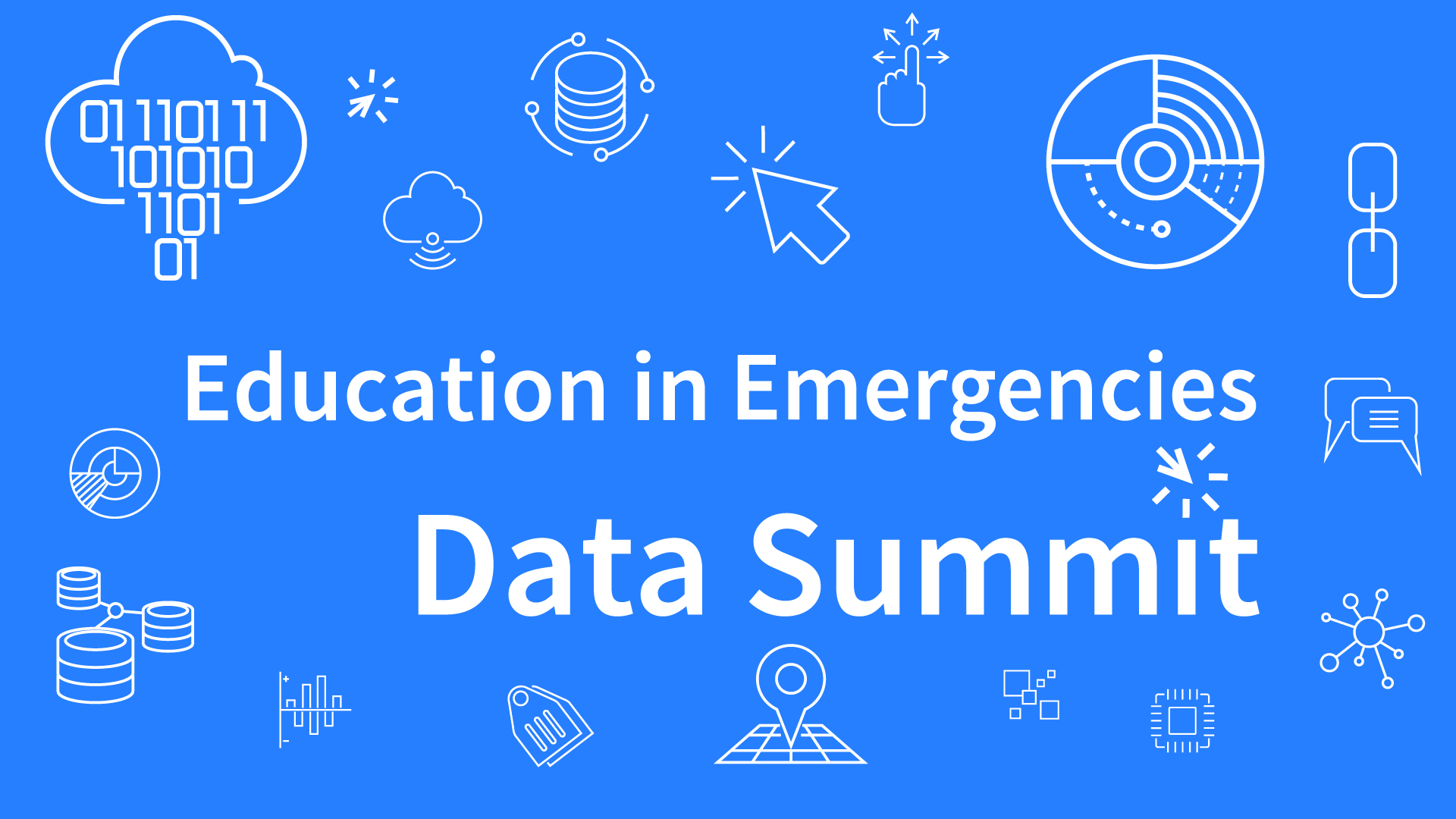Event Highlights – Education in Emergencies Data Summit
On Thursday and Friday 20-21 June 2019, the Education in Emergencies (EiE) Data Summit took place at the Maison de la paix of the Graduate Institute of International and Development Studies, Geneva. The event was co-hosted by NORRAG, USAID, and the Inter-agency Network for Education in Emergencies (INEE), with the support of the Swiss Agency for Development and Cooperation (SDC). The two-day Summit addressed EiE data issues, challenges and opportunities across the humanitarian and development sector. A one day training on navigating EiE data was held for interested participants on June 19th 2019.
The purpose of the EiE Data Summit was to share recent work on EiE data issues in order to better understand the challenges of EiE data, discuss good practices and success stories; and share recent initiatives, in an effort to strengthen humanitarian-development coherence and to improve programming through EiE data. To this end the Summit brought together stakeholders from both the development and humanitarian community, provided an overview and mapped initiatives to improve data and initiatives for EiE, and created an opportunity for stakeholders to share their experiences, good practices and lessons learnt. The summit built on a series of INEE workshops and consultations to develop an INEE Learning Agenda with the aim of strengthening consensus around knowledge gaps and EiE research themes for investigation. The event was on invitation only and geared towards EiE data specialists such as policymakers, practitioners, donors, academics, and data aggregators working across humanitarian and development sectors.
Day 1: EiE Data – The Case for Action
The EiE Data Summit was moderated by Joost Monks, Executive Director of NORRAG, and opened by Prof. Gita Steiner-Khamsi, Professor at Teachers College, Columbia University, and the Graduate Institute of International and Development Studies, Geneva, and Director of NORRAG, Anne Smiley, Associate Director of Research and Evaluation at FHI 360, and Dean Brooks, Director of INEE. Day one “The Case for Action” focused on what kind of landscape, gaps and good practices exist concerning EiE data. The opening speeches stressed the importance of the collaboration between NORRAG, INEE, and the USAID Middle East Education Research Training and Support (MEERS) program to work on the issue of EiE data.
Yasmine Sherif, Director of Education Cannot Wait (ECW), set the tone for the Data Summit in her keynote speech by addressing the change in the humanitarian landscape – more frequent, bigger in scale, and protracted crises with higher funding demands; new emerging threats; increasing attacks on education; growing forced displacement; displacement across borders – and its impact on EiE data collection. She highlighted that EiE data systems need to measure and report on these new emerging issues, be well synchronized with other sectors, focus more on measuring results/learning outcomes, and be more real-time and forward looking. Yasmine Sherif appealed to apply common data standards across countries to avoid duplication in data collection, use and strengthen to the extent possible existing national/local data systems, link education financing with results data, and to ensure effective coordination among different actors (avoidance of duplication, harmonization of data systems, and adherence to common standards to ensure reliability). Yasmine Sherif emphasized the need for better data to close the funding gap to ensure the provision of education for those in need (video starts at 24:31mn).
The panel that followed on ‘The EiE Data Landscape’ was chaired by Heddy Lahmann, Managing Editor of the Journal on Education in Emergencies (JEiE), and joined by Galen Englund, consultant for the Global Education Monitoring Report, UNESCO, Annie Smiley, Associate Director of Research and Evaluation FHI 360, and Patrick Montjouridès, Senior Research Officer NORRAG. The panel discussed the issues around accessing, navigating and collecting data in EiE settings and setting the stage for the discussions of the two-day summit. Heddy reminded the audience that on 28 September 2018 in New York, INEE, the Journal on Education in Emergencies (JEiE), and NORRAG co-convened a workshop on Evidence for Education in Emergencies hosted by the JEiE at New York University.
Galen Englund looked at the data landscape of in-school and out-of-school children and youth among refugees and internally displaced persons (IDPs). He mentioned the challenges he faced accessing this data using a wealth of sources including Non-Governmental organisations reports, International Organisations data, interviews from a sample of countries and extrapolating to the global level. He highlighted the high number of data issues during the collection which resulted in low precision to give an accurate number to the question and recommended to improve the quality of data available on IDPs and refugees education, based on the methodology his team created.
Annie Smiley reported on the stakeholder consultation and education in emergencies data mapping process conducted under the USAID MEERS program. The consultation aimed to find out the type of data collected, needed and used, and what are the gaps in data specifically in Syria, Iraq and Yemen and their associated refugee context. Their findings point to the availability of data but the difficulty lies in accessing it as development data breaks down in a humanitarian crisis or in finding and navigating it during humanitarian operations. To think strategically about how to better collect EiE Data, she pointed to the need to connect to partners who might not be in the education sector but have data collection mechanism in place and can also provide contextualised information about migration or security which can better inform the delivery of education programs.
Patrick Montjouridès launched the newly published NORRAG Special Issue 02 on the topic of “Data collection and evidence building to support education in emergencies” guest-edited by Mary Mendenhall, Associate Professor of Practice in the International and Transcultural Studies Department at Teachers College, Columbia University. The issue highlighted some of the trends observed in EiE data collection, analysis and dissemination. His key messages to the audience were that quality, fit for purpose data is actionable data and in recent years the EiE data community has made tremendous progress in data collection, leading to action on the ground. He called for further developing the capacity of all actors involved in data collection and analysis by building flexible systems and new modes of collaboration while acknowledging the non-neutrality of data collection. Finally, he stressed that to address the information gap in EiE data, there are steps that the educational community should take, such as to reduce the transaction costs associated with access and analysis of existing data. (video starts at 1:00:00)
Bilal Barakat, Senior Policy Analyst – Global Education Monitoring Report, UNESCO, chaired the second panel of the day ´Building the EiE Data Ecosystem: Challenges and Opportunities. The panel was joined by Silvia Montoya, Director UNESCO UIS, Nicolas Servas, RRT Education Cluster Coordinator – Global Education Cluster, Javier Teran, Statistician UNOCHA Humanitarian Data Exchange (HDX), and Erica Aiazzi, Associate Education Officer UNHCR. The panelists addressed various challenges with regards to EiE data that their organizations face, such as lack of data for specific countries and in education cluster systems, needed time to gain trust in order to share data publicly, or technical and ethical consequences when working with sensitive data. The panel highlighted the need for well-defined indicators on EiE, more collaborative work across organizations and sectors, and systematization on EiE data on the local and global level to omit duplication of and to strengthen the quality of data collection and analysis. The discussion emphasized that as long as EiE data is not sensitive, cultural trust building in organizations can benefit increasing access to open source data whose visualization needs to be guided by practicality. (video start at 2:36:50)
Various educational, humanitarian, and development experts presented their experiences, projects, and challenges related to EiE data in ‘EiE Data Lightning Talks’, chaired by Elizabeth Buckner, Assistant Professor OISE, University of Toronto. The lightning talks illustrated the existing fragmentation and barriers as well as the will for collaboration between different actors active in the field of EiE data. The first talks addressed EiE data tools such as the UNOCHA Humanitarian Data Exchange (HDX) and the Holistic Assessment for Learning and Development Outcomes (HALDO) by Save the Children. Another talk focused on the importance of language to improve EiE data and the need for open-source language data, on the backdrop of multilingual emergencies (42 countries in emergency context correspond with 3,289 languages). A Q&A session at the end of the first lightning talks highlighted, besides other, the need to gain trust by people in the field to make use of EiE data technology.
A second group of speakers illustrated the need and benefits of EiE data for evidence. The higher EiE projects by INZONE promote tutoring over the internet from Geneva to countries in the Global South for the development of locally relevant technology. UNICEF ECARO presented its findings of its study on mapping all available data on refugee and migrant children concerning access to education in Europe and highlighted the lack of comparable and time consistent data in highly as well as less developed countries. A talk on the project on citizen-led assessment in Uganda illustrated the benefits of using both refugee and local populations for EiE data collection. The Q&A following the individual presentations stressed the importance of standardization and harmonization of definitions and indicators in balance with respecting local needs and contexts. It was highlighted that research fatigue encountered during data collection might be reduced by connecting data collection with activities local people are already used to.
The last round of lightning talks on EiE data systems touched upon various projects that aim at closing the humanitarian-development divide in the area of EiE data by developing guidance tools and crisis sensitive EMIS, identifying education sector severity and priority IDP locations through DTM data, collecting data on internally displaced children in emergencies, and using an indicator framework for data collection and analysis of attacks on education. The Q&A that followed these talks emphasized the need and value of coherent data systems to inform the planning of humanitarian responses. Complementation of different systems rather than the creation of new systems was recognized to be more likely to ensure the demand for better quality EiE data.
(video starts at 43:18)
Day 2: EiE Data – Developing an Action Agenda
Day two ‘Developing an Action Agenda’ aimed at working out a road map to guide the work of INEE in collaboration with members of the development and humanitarian actors on EiE data and evidence-building. The panel ‘Funding Education Data in Emergency and Crisis Contexts’ addressed the mutual and vicious interference between the lack of EiE data and EiE funding. The panel was chaired by Joost Monks, Executive Director NORRAG, and joined by Christian Stoff, Senior Advisor and Statistician Education Cannot Wait, Yuki Murakami, Research Officer GEMR UNESCO, Sabina Handschin, Senior Education Policy Advisor / Head of Education Unit SDC, and Francesca Bonomo, Education Specialist for Emergencies/Resilience UNICEF. The panelists stressed the need of increased total humanitarian spending to education, despite some improvements over the past decades, and particularly for investment to produce quality data in the field. In addition, harmonization of data collection mechanisms was pointed out as a facilitating means to focus on collecting meaningful data and to ensure on-time data collection. The discussion underlined that a nexus dialogue between both humanitarian and development sectors can ensure mobilisation of funding needs for EiE data in both sectors which need to be compared and complemented with each other, omitting duplication efforts. The panel emphasized that multi-year, risk-sensitive programming allows to work on a nexus approach and to take into account both short-term emergency data and long-term development data such as learning outcomes. Concerning this matter, the panel illustrated SDC’s exemplary role for pushing into the direction of using development credits for emergency response, providing a flexible funding mechanism that allows for the inclusion of indicators related to classical emergency response into development data collection processes. (video starts at 7:34)
Four breakout groups worked on the Action Agenda to improve the availability and accessibility of EiE data, identifying key challenges and priorities, key stakeholders, opportunities for collaboration, and concrete actions: ‘Data Ecosystem and Global Governance’, ‘Refugees In and Out of National Systems’, ‘Education and Internal Displacement’, and ‘Beyond Counting: Outcomes Measurement’. After in-depth discussions in the breakout groups, the results were reported back to the conference participants in the plenary discussion, chaired by Sébastien Hine, Consultant USAID MEERS program. Across the groups, the need for establishing core indicators, mapping of existing EiE indicators and EiE data systems, and dissemination of information across organizations to consolidate what is existing (which is already plenty as seen throughout the conference) and omit creation of parallel structures, was emphasized. Building a coalition of relevant actors to strengthen statistic leadership concerning EiE data was recognized to be a means to strengthen global advocacy for EiE. In addition, the plenary discussion stressed the importance of respecting ethical standards during EiE data collection, focusing on learning outcomes, and concentrating on the collection of actionable data.
The closure of the EiE Data Summit called for agency of the conference participants to address the challenges around EiE data and continuation of the discourse. Continuing the creation of a common understanding around challenges and issues of EiE data and bringing together key actors will help to move beyond intention and put words into action. USAID’s MEERS program will take up the drafting of the Action Agenda resulting from the EiE Data Summit, in collaboration with the conference participants.
A consultation is currently underway, watch this space as well as NORRAG, INEE and USAID social media channels for an upcoming full report on the EiE Data Summit proceedings as well as resulting Action Agenda.
During the event, selected conference participants kindly agreed to take their time to discuss EiE data related issues.
Education in Emergencies Data Summit: Yasmine Sherif, Director of Education Cannot Wait (ECW) from NORRAG NETWORK on Vimeo.
Sabina Handschin, Senior Education Policy Advisor / Head Education Unit, SDC, at EiE Data Summit from NORRAG NETWORK on Vimeo.
Silvia Montoya, Director, UNESCO Institute for Statistics (UIS) at the EiE Data Summit from NORRAG NETWORK on Vimeo.
Pictures of the event
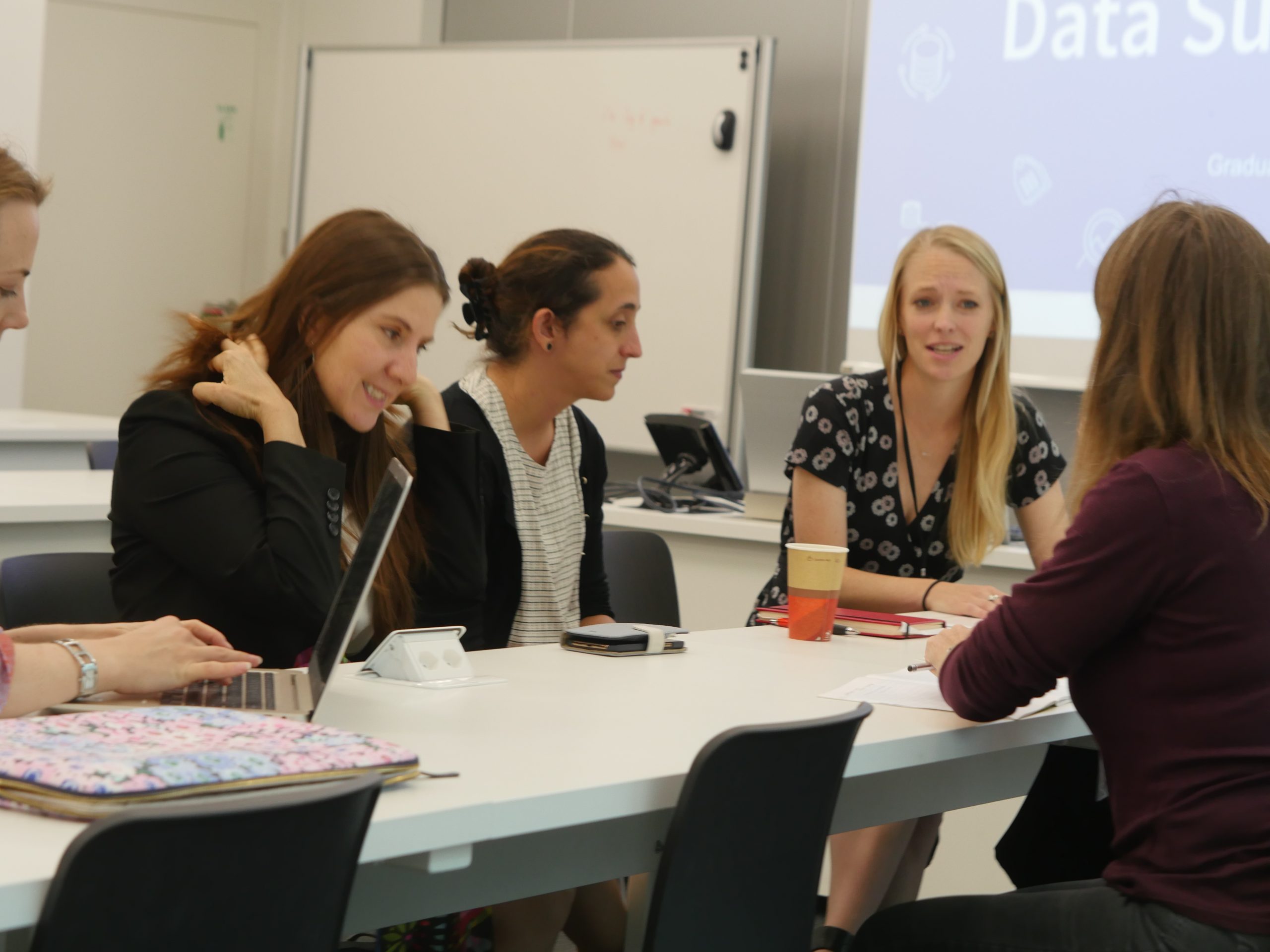
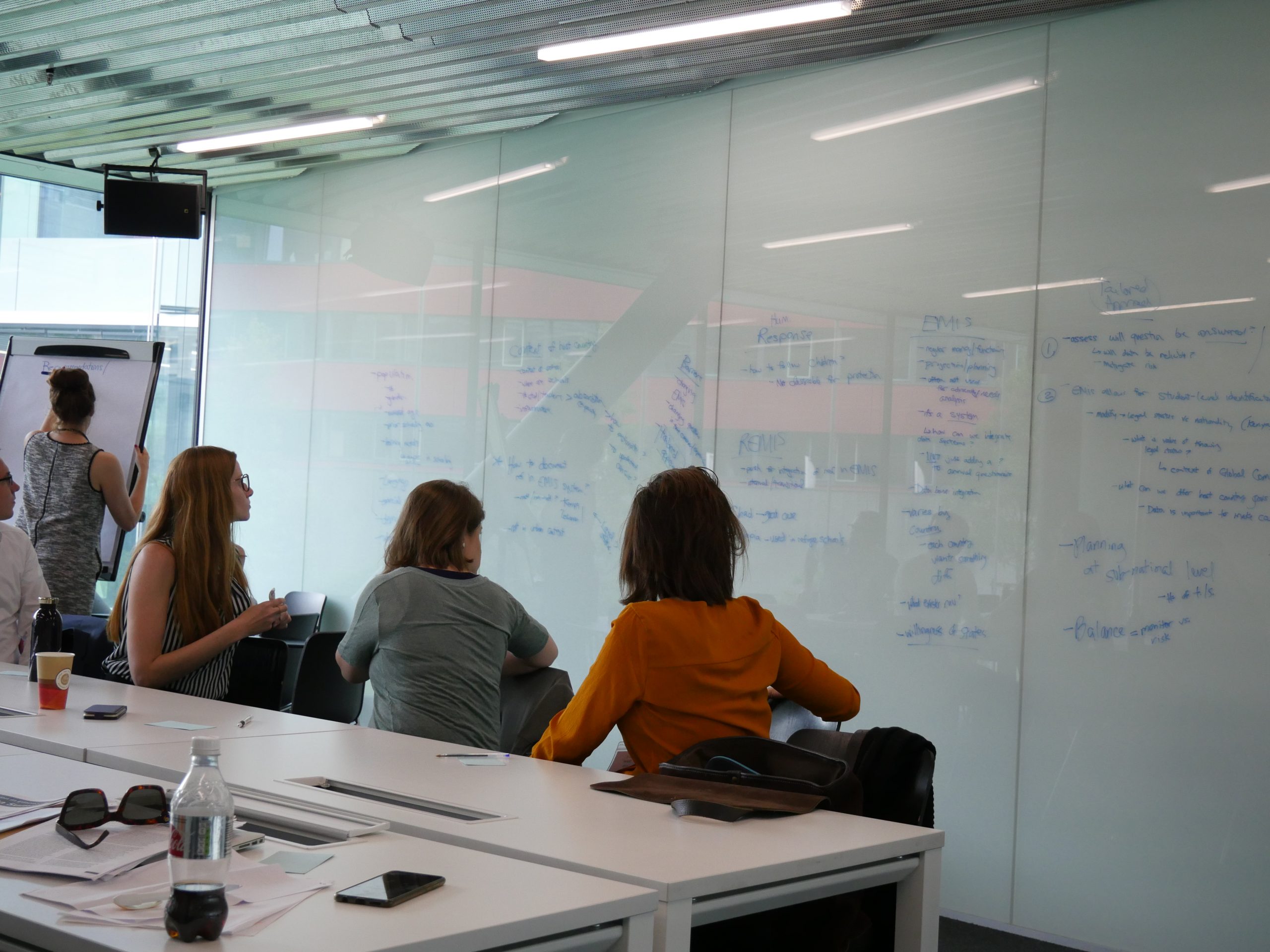

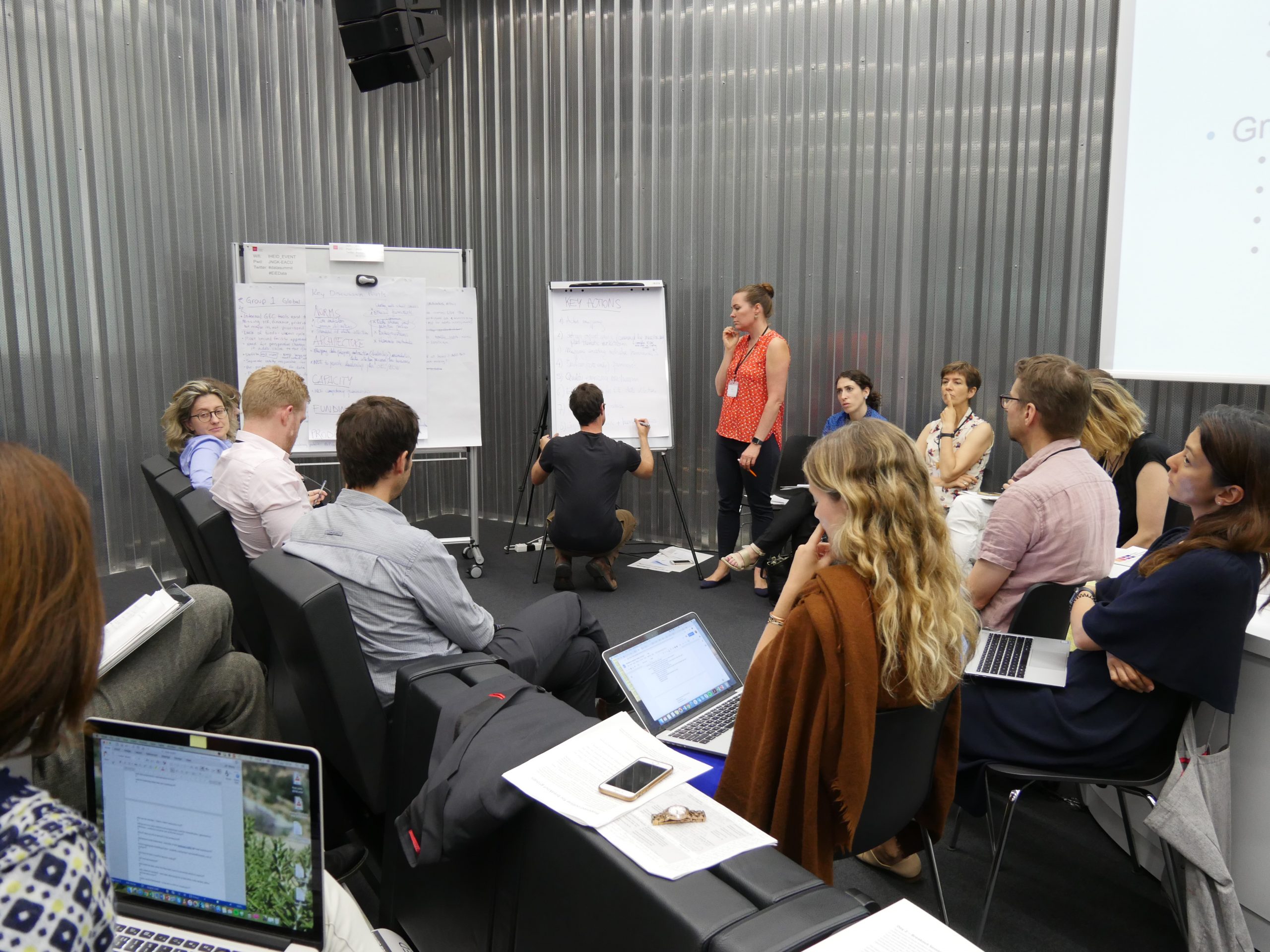
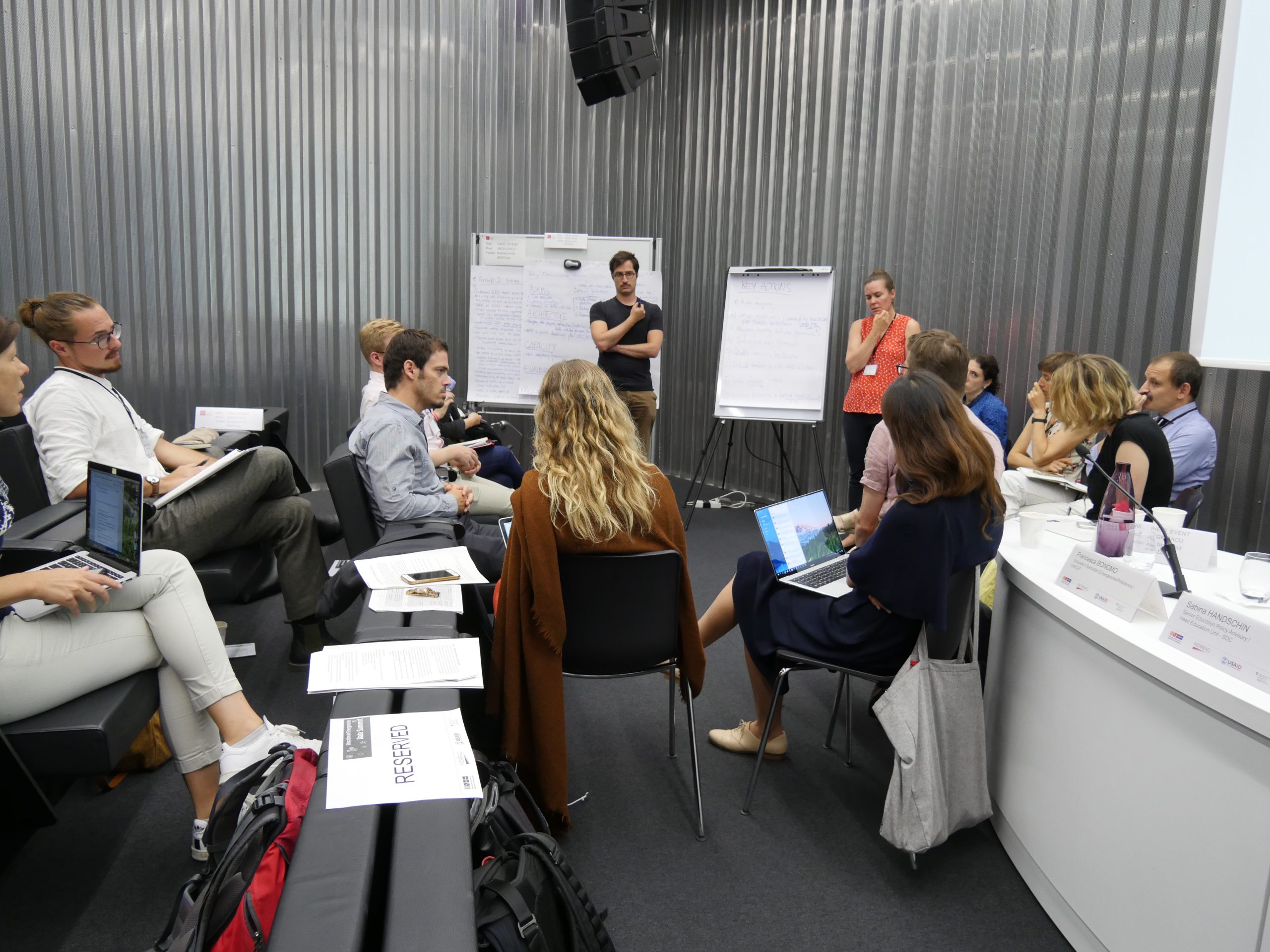
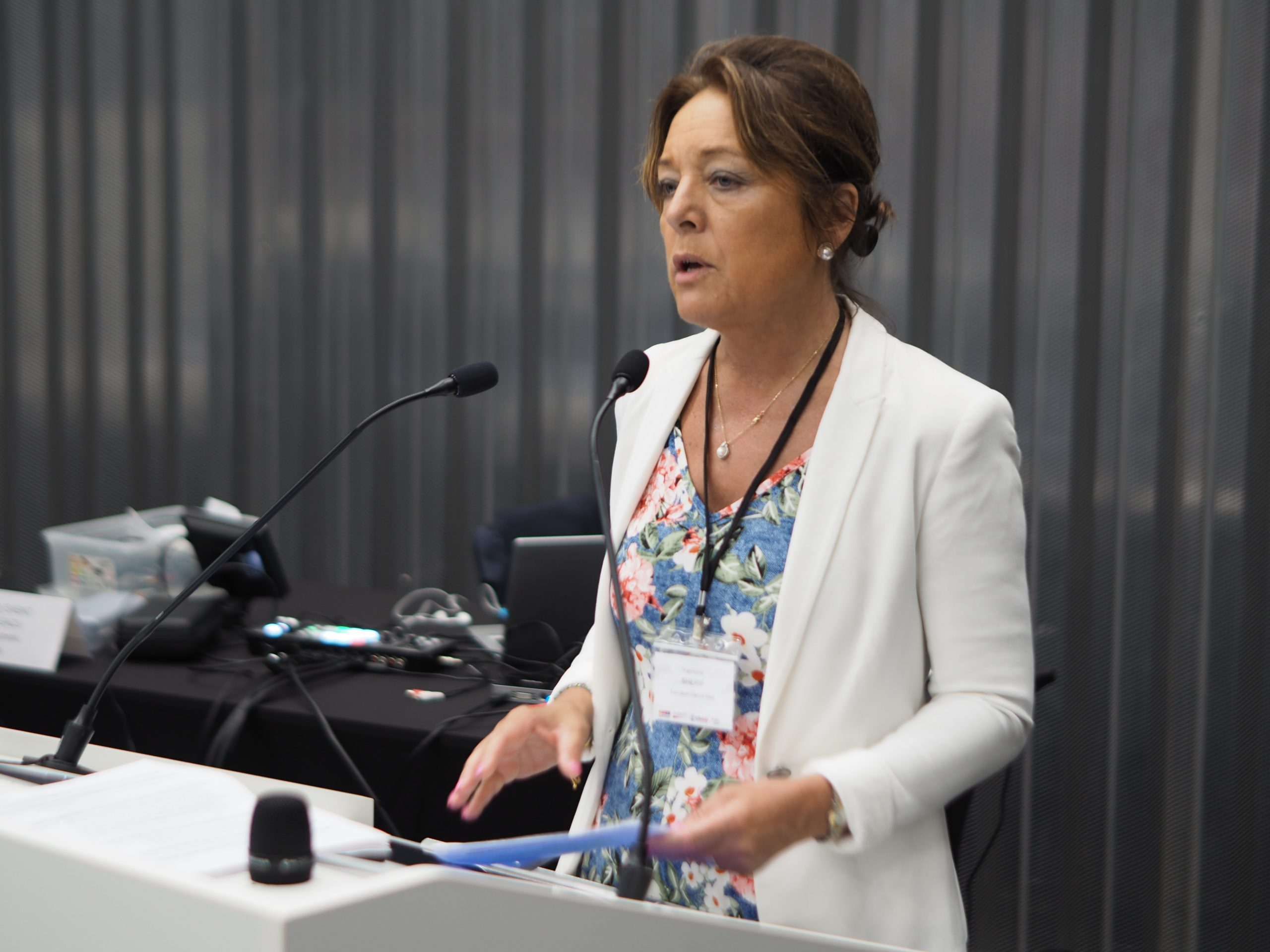
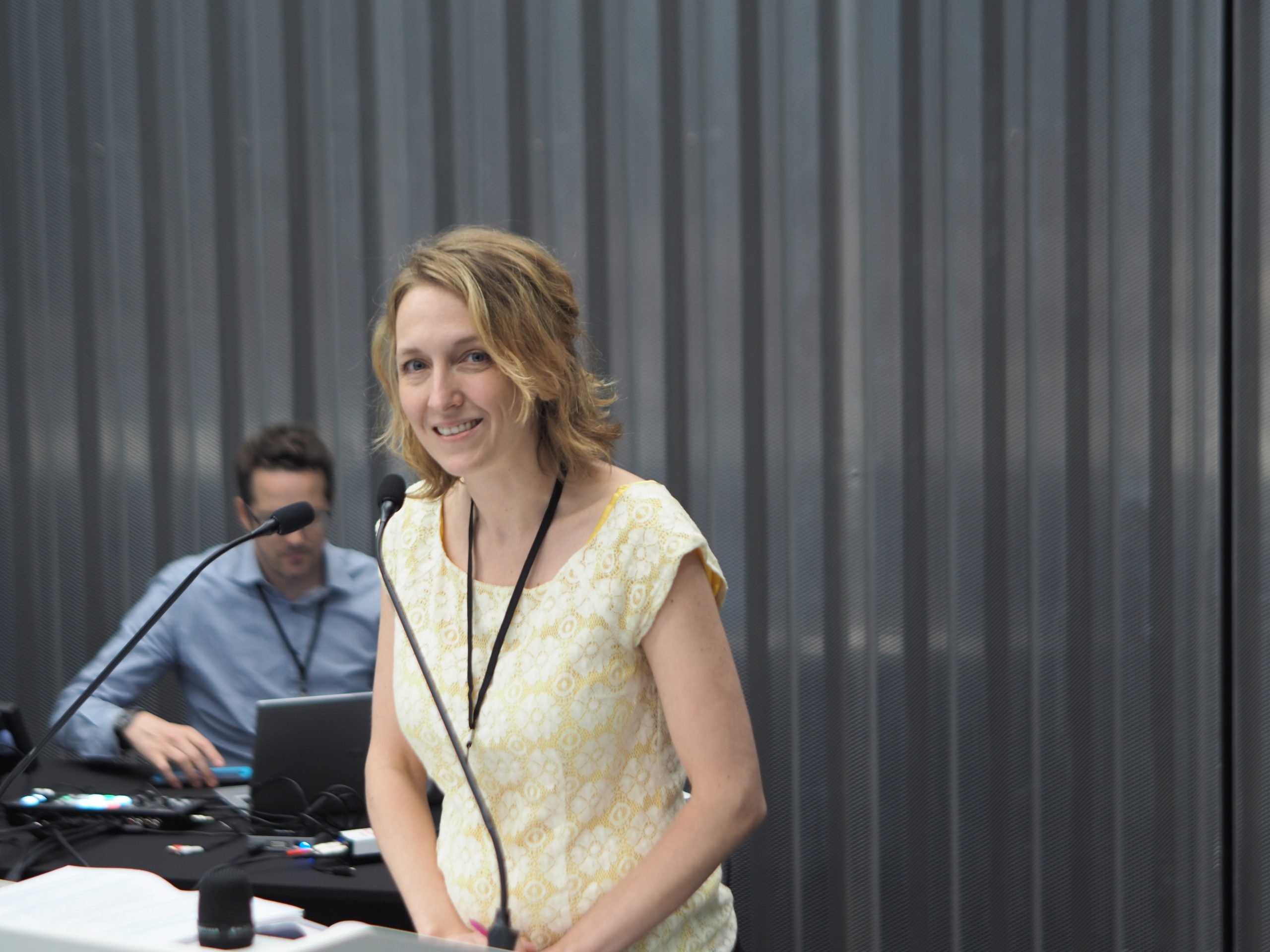
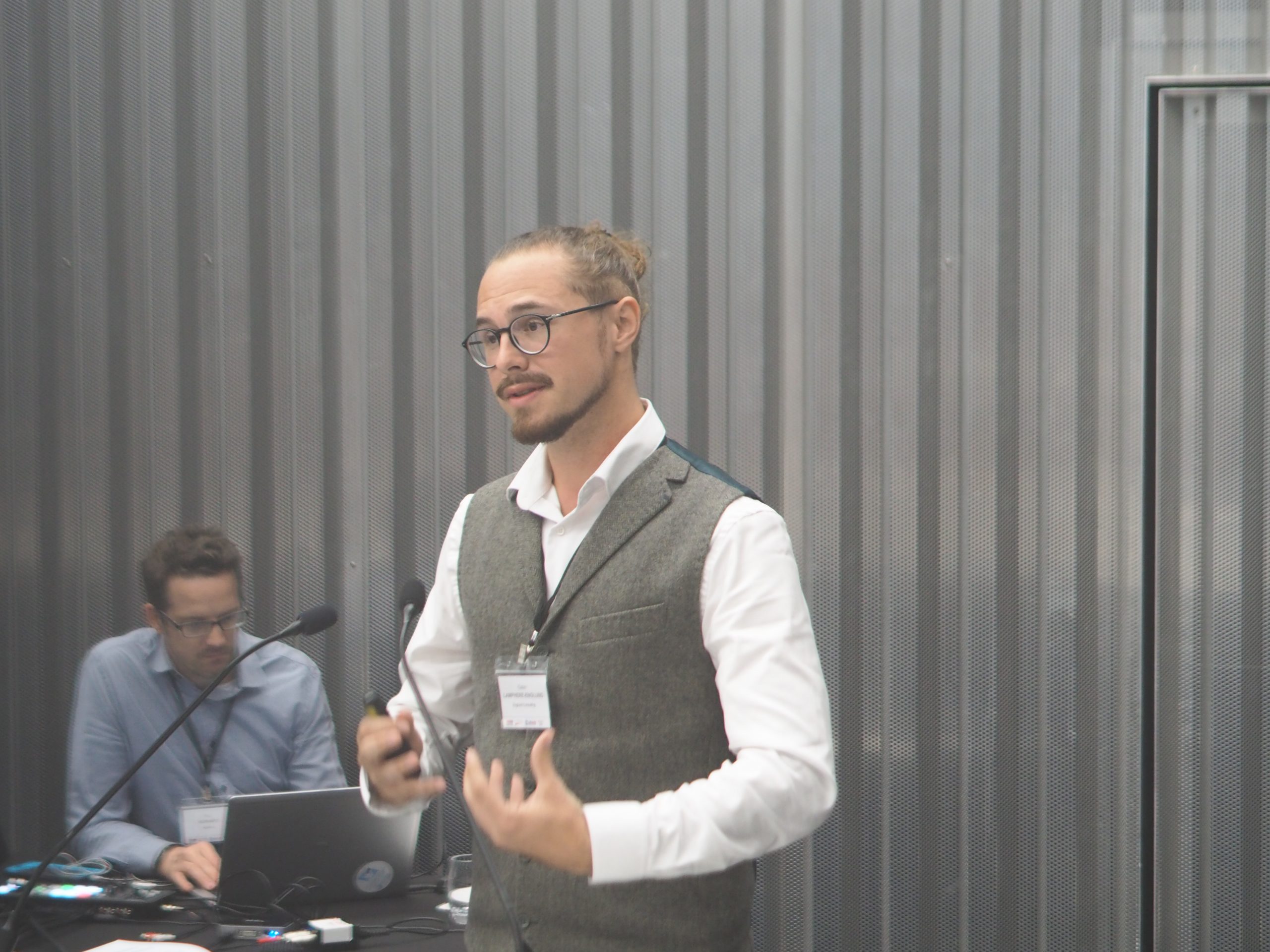
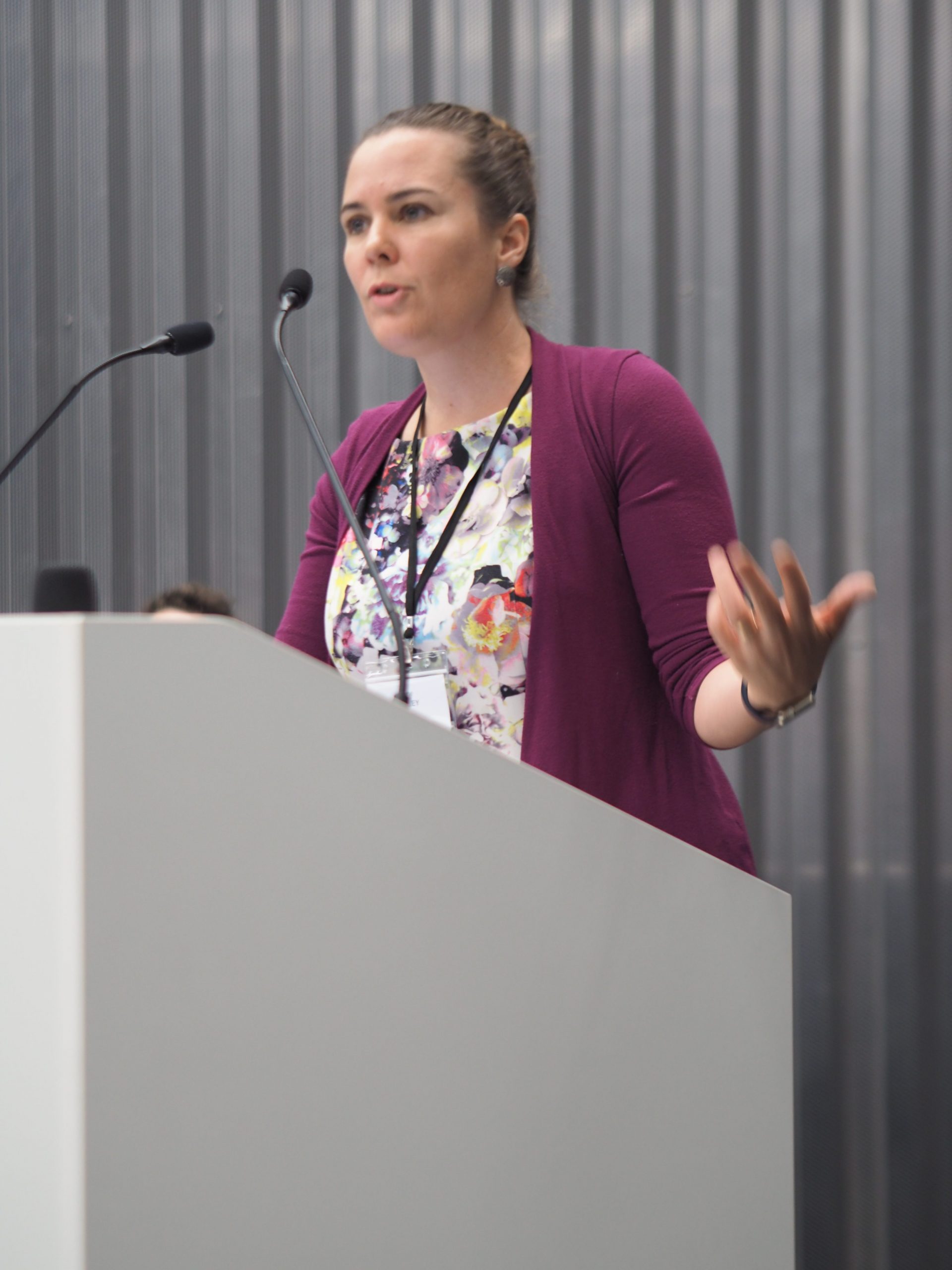
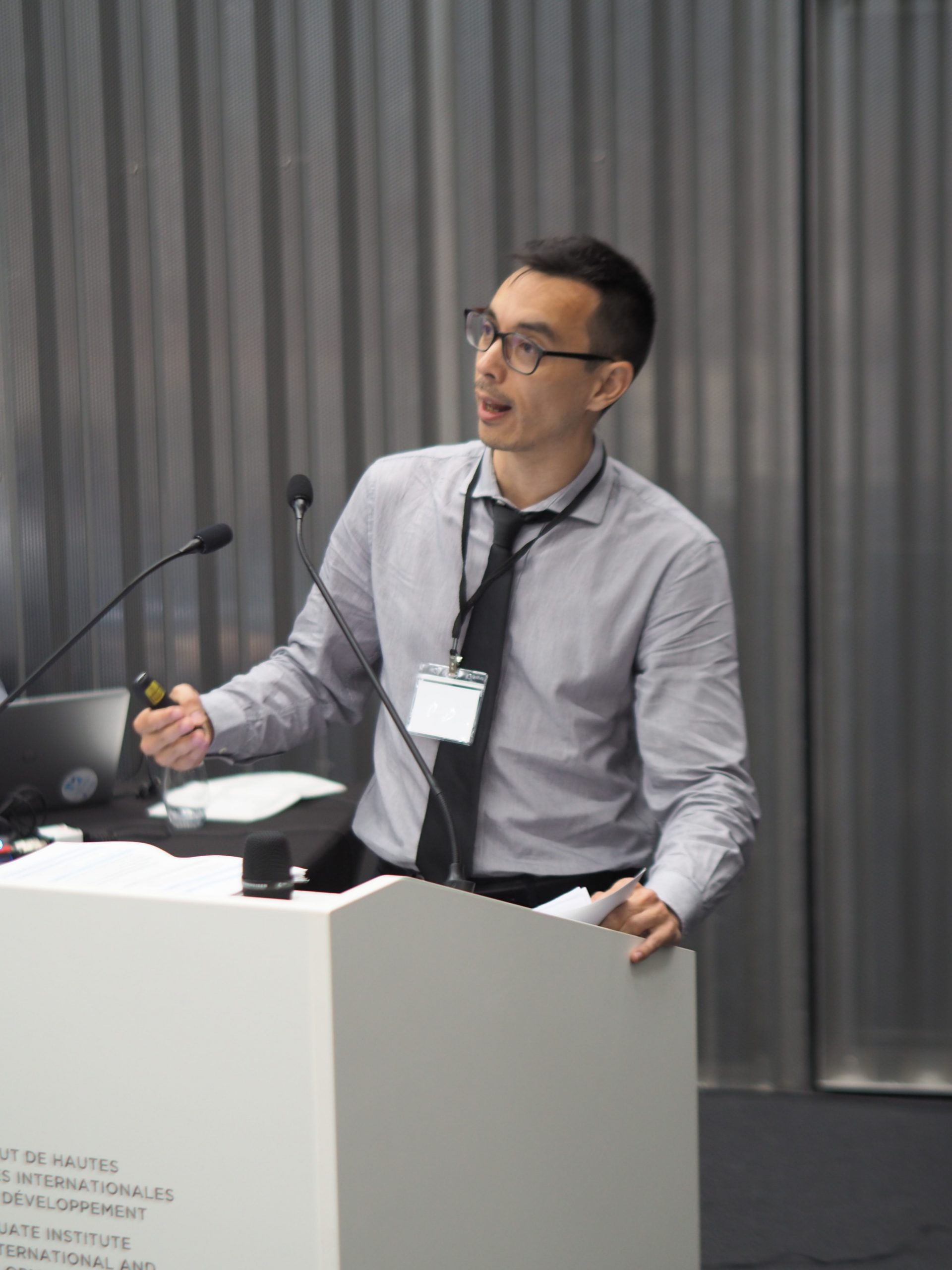
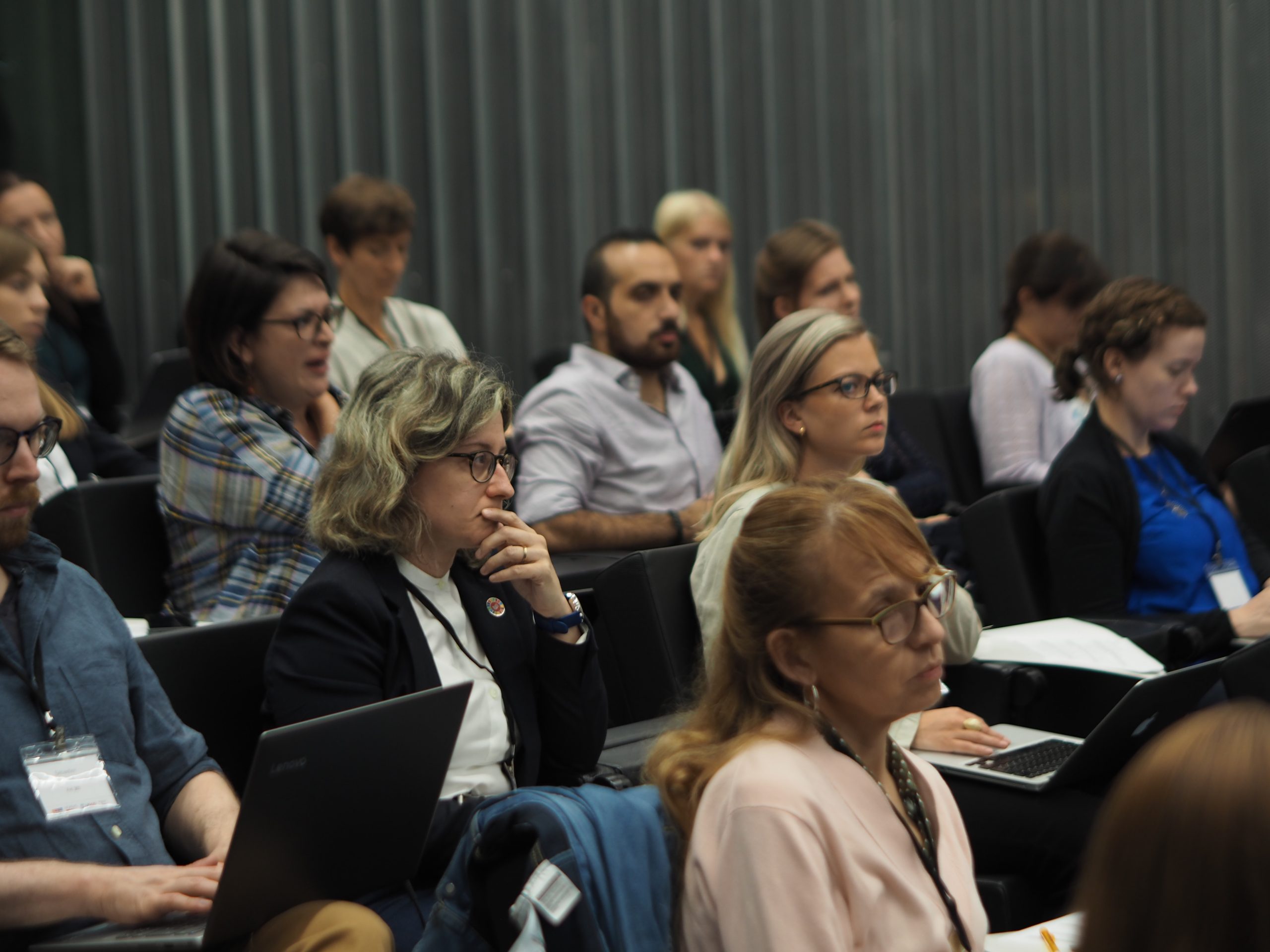

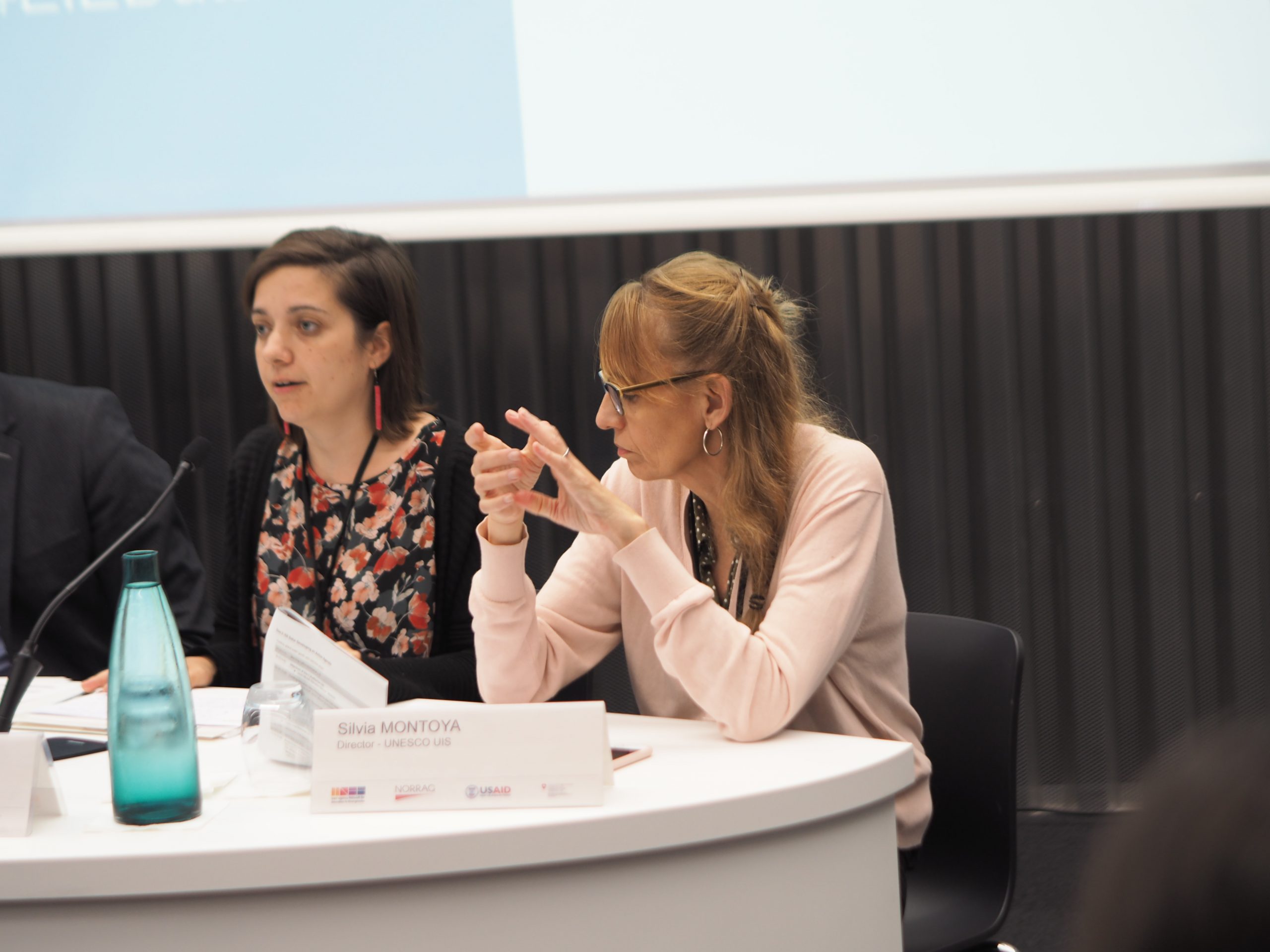
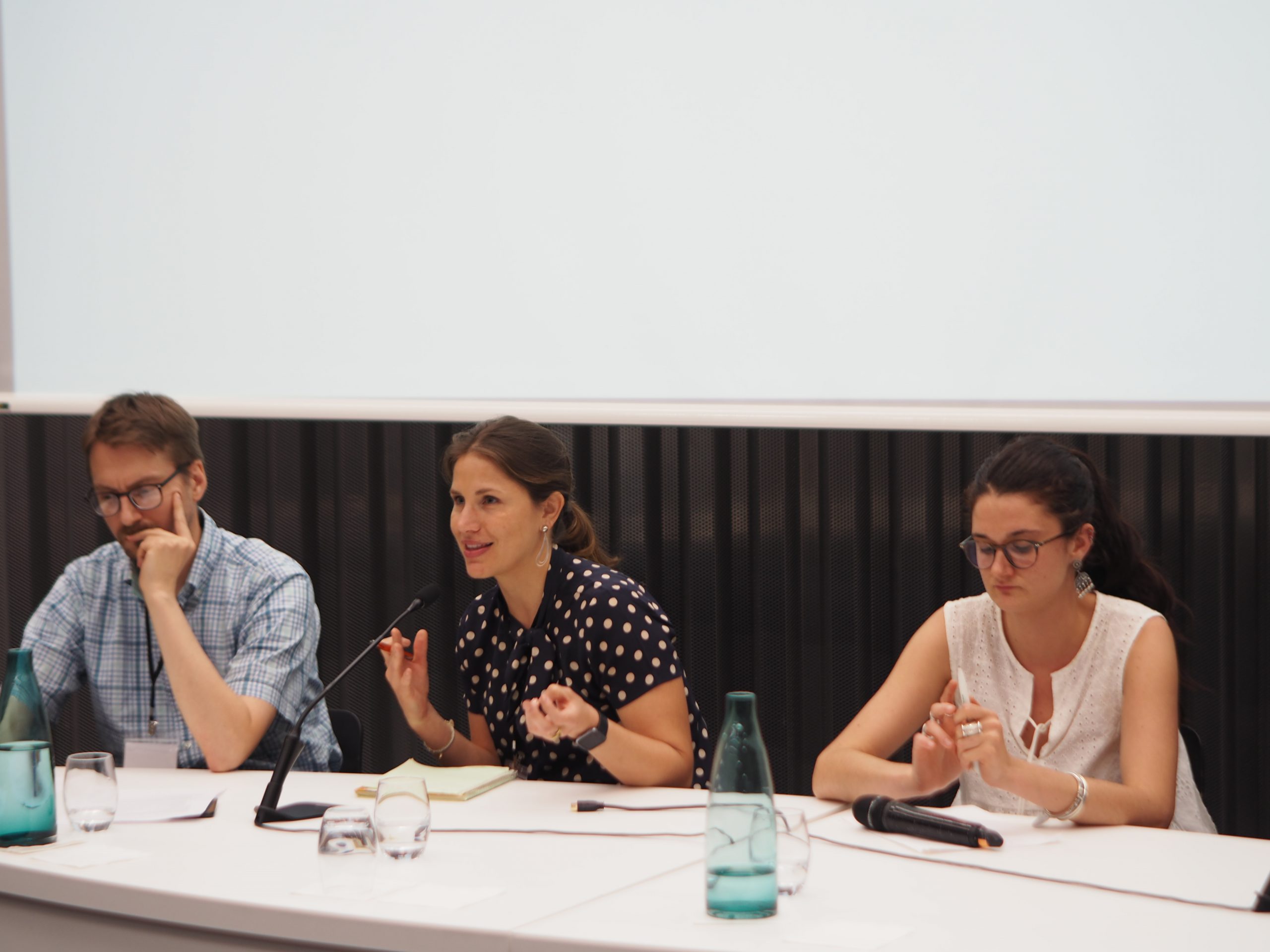

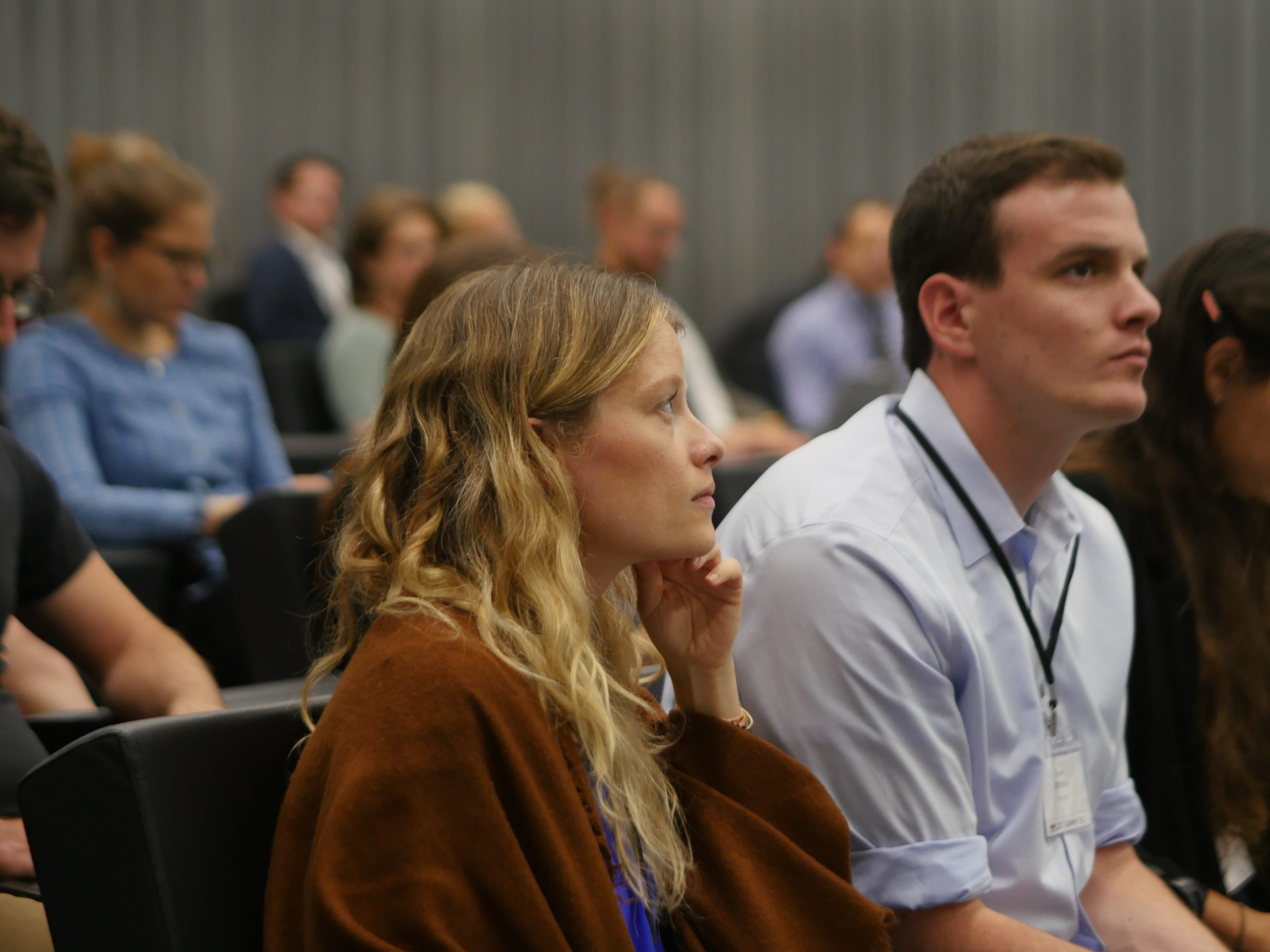
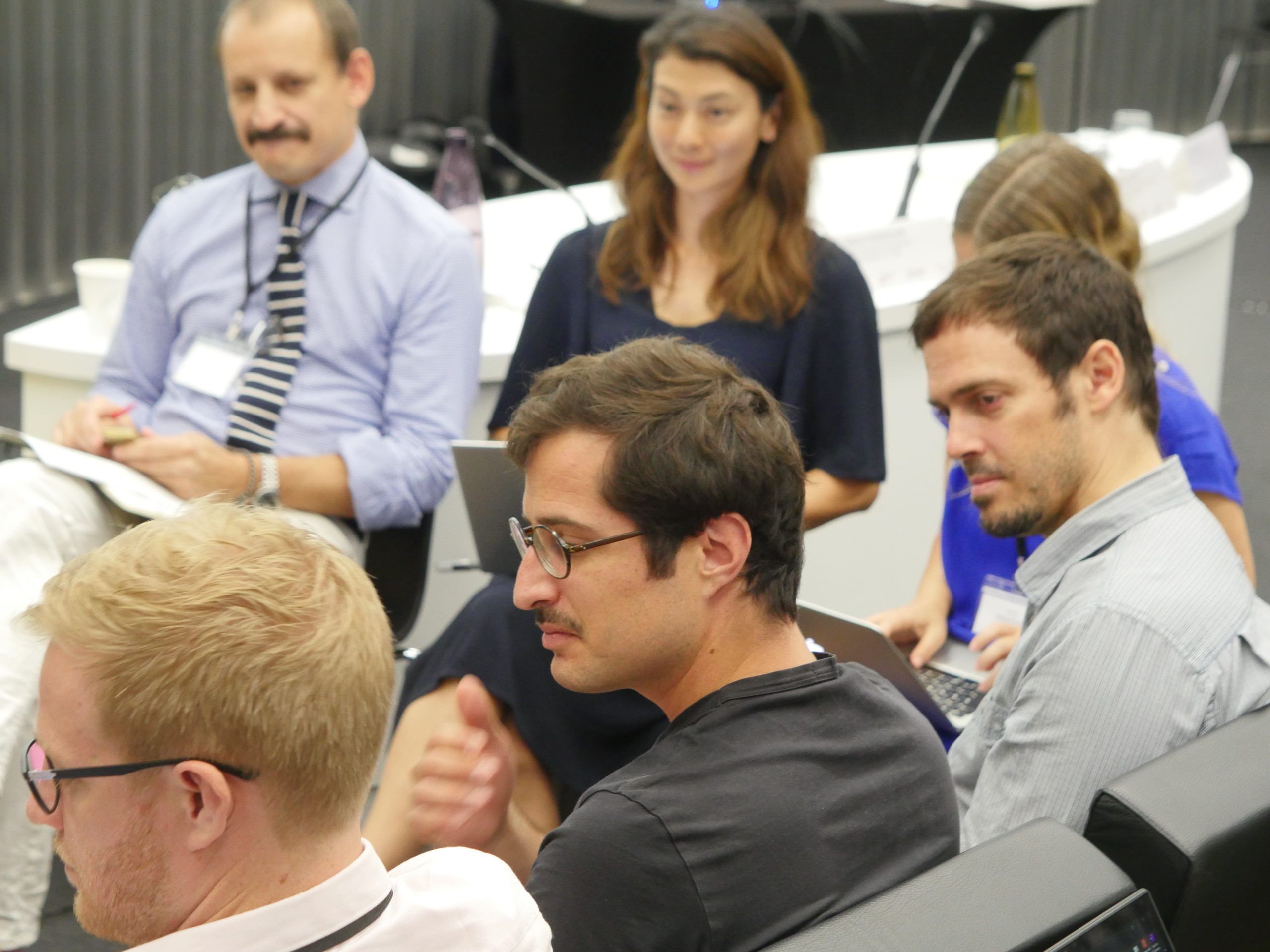
Access the program of the EiE Data Summit here.





